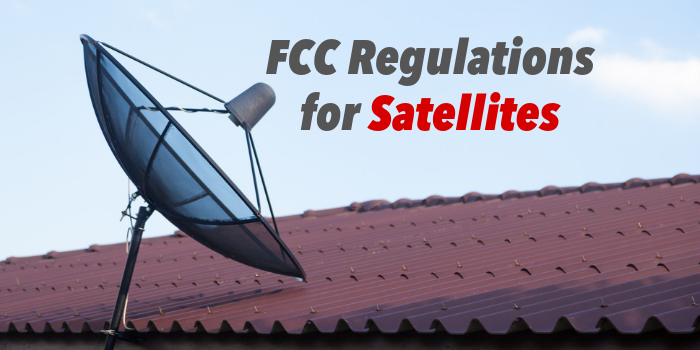In 1996, the FCC adopted the Over the Air Reception Device Rule, or OTARD rule. In short, the OTARD rule prohibits homeowners’ associations and condominium associations from placing restrictions on residents which impede the installation, maintenance, or use of satellite dishes, TV antennas, or wireless cable antennas.
The purpose of this rule is to encourage the free market of cable providers by preventing people from being locked into a single television provider that has been determined by the association in which they live.
What the OTARD Rule Means for Residents
Simply put, the OTARD rule makes it so that an HOA is unable to reject resident requests to install a satellite dish simply because of the way it makes a building look. It gives tenants the right to put a dish on their balcony, railing, or patio that is part of their property, whether owned or rented. It is worth noting that the OTARD rule does not state that the association is obligated to help residents get a good signal. For example, if a resident’s unit faces the wrong way, the HOA does not need to bend the rules or accommodate requests to install dishes in places other than those approved areas that are listed in the CC&Rs.
What HOAs Can and Can Not Require for Satellite Dishes
An HOA can put reasonable restrictions on the installation of over-the-air reception devices. Any restrictions must meet three standards:
- Restrictions cannot delay use of the antenna
- Cannot increase the cost of service
- Cannot interfere with signal quality
Associations cannot require homeowners to get approval before installing an antenna or satellite of any kind on their personal property, because the approval process will delay the use of the antenna. However, the OTARD rule does not give an owner the right to install an antenna on any common elements – for example, the roof of a condominium community or the common area of a townhome or single-family community. If the owner is unable to receive a signal by placing the dish or antenna on his own property, he can be required to get approval before having it installed elsewhere.
Residents can be required to register their satellite dish with the association. They may also be required to have proper liability insurance for any damage that might be caused by the dish to the property, or to another resident. However, the association cannot charge residents a fee to install the dish (including placing any sort of deposit), whether refundable or not.
Some examples of reasonable restrictions that an association can put on satellite dishes include the following:
- Size restrictions. The general standard for personal-use satellite dishes is less than one meter in diameter.
- Location restrictions. The placement of satellite dishes or antennas can be restricted for safety purposes. For example, no dishes should be placed in building entrances or hallways, hanging in doorways, or in overhead walkways. Additionally, dishes cannot be installed anywhere that will cause structural damage to the building, including roofs or siding. Similarly, restrictions can be placed on dishes that will interfere with historical preservation efforts.
Associations can give location preferences, such as the dish must be installed on the back of the unit, above or below a certain height. Those wishing to install satellite dishes may do so, as long as they are practical and do not violate any of the three standards listed above.
Be advised that an HOA cannot enforce rules against antennas that were installed before the rules were written and published.
All reasonable restrictions and location preferences must be listed in the CC&Rs. Make sure that preferences and requests are reasonable and will not impede the installation, maintenance, or use of the antenna. For additional questions regarding HOA management, contact Spectrum Association Management today!







